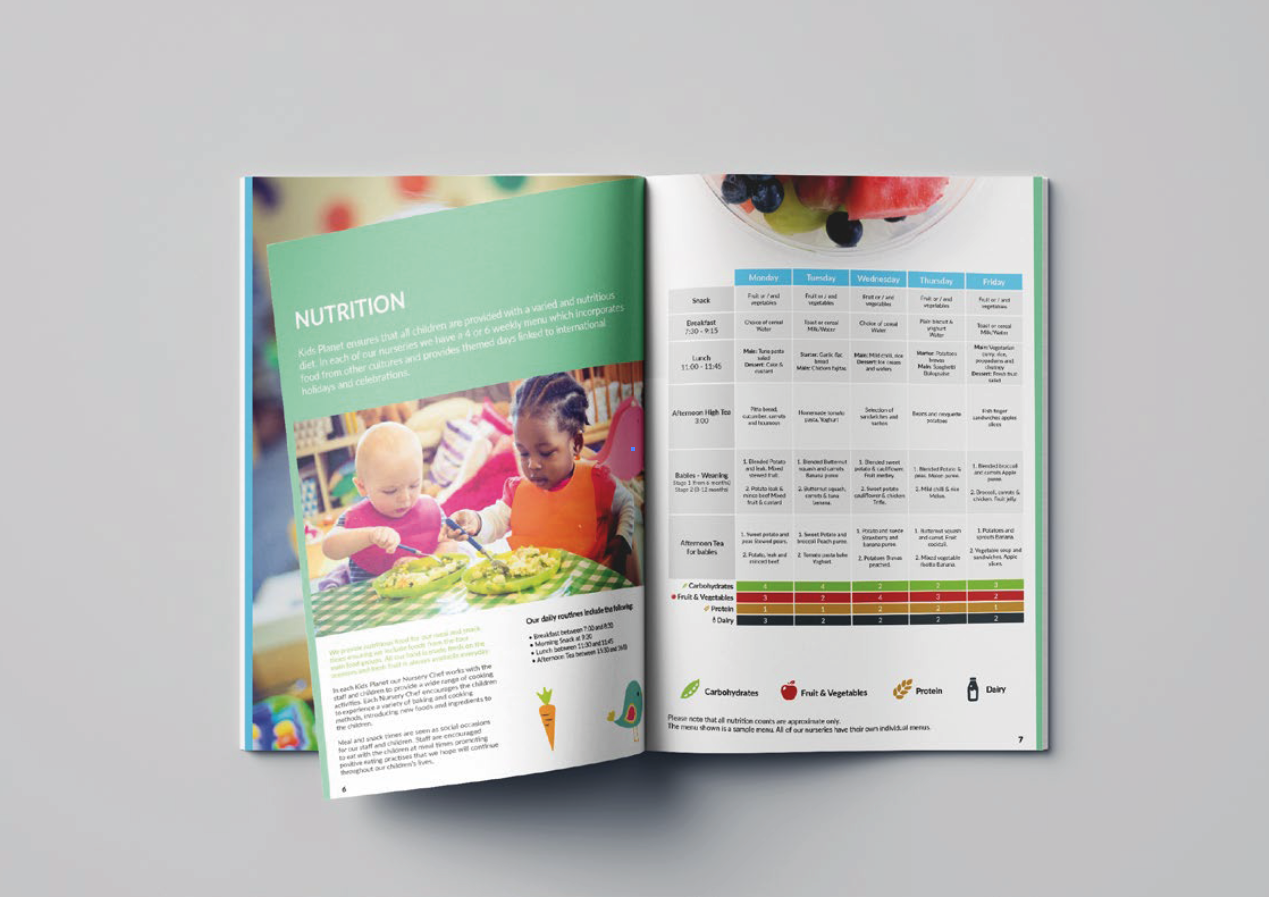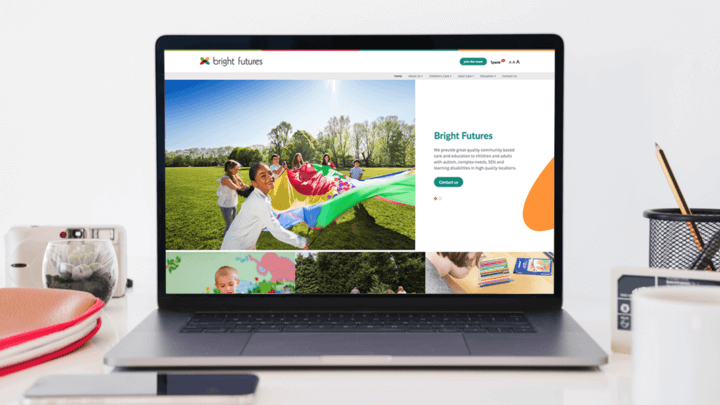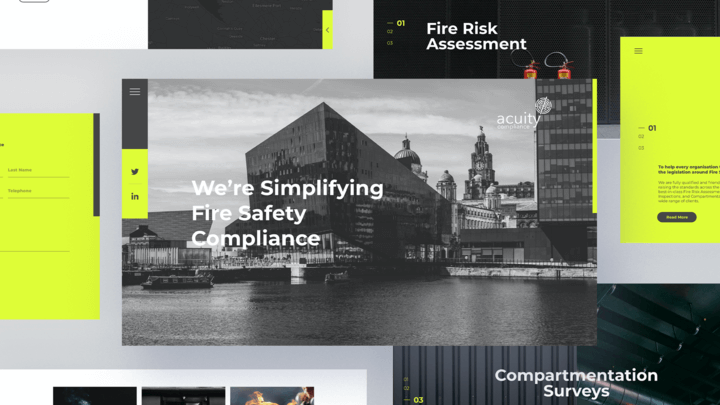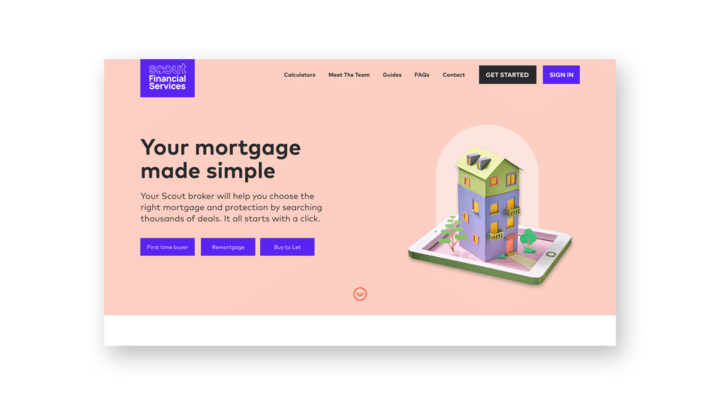
Bright Futures
Branding Proposal
Introduction
Bringing our clients visions to life is what we’re all about.
Working across all creative sectors since
2008, Visions are passionate about delivering excellence through a ‘first time right’ approach, in order to help our clients reach their commercial potential.
Offering a range of creative services, our primary objective is to successfully align with our clients goals in order to create solutions that will exceed expectations and aid business growth.
The Team
Daniel Cordwell – MD
Having a degree in Graphic Design and over ten years experience in Marketing, I created Visions Design in 2010. Having a creative background but obsessed with anything digital. My philosophy is quite simple.
“Do something you Love, Work Hard and Love your Family”.
My greatest achievement to date has been the ownership of a £1 million marketing budget for a national client resulting in a hugely successful campaign.
As the MD and Founder of Visions Design,
I will head the project and remain a key point of contact throughout.
I will work with your internal teams and branding agency to develop the strategy, align our goals and ultimately ensure we deliver an outstanding project that raises your profile.
Jade Hill – Account Manager
Jade will lead the project through initial briefing to final stages of completion. Experienced in both offline and online creative communications, Jade is a conscientious and meticulous account manager who will be on hand to support and guide the project, working closely with the design and development team to ensure the creative brief and client vision is met.
Alex Kitching – Project Manager
Alex works as the lead Project Manager. In the context of this project he will work alongside Jade to ensure that the project team are on target and in budget.
Michael Nowakowski – Head of Design
Michael is our lead designer and has high levels of creativity. Michael has been with us since the early days and is a key contributor to the success of the business.
Gemma Peers – Head of Comms
Gemma is an integral member of the team, bringing with her exceptional skills in media relations and communications. Gemma works closely on each project to ensure messaging and communication is top level.
Matt Hamer – Senior Web Developer
Matt is our senior developer and will be leading on this project. Dedicated and meticulous,
he is always looking into latest trends and bringing fresh ideas to his work.
Martyn Locker – Website Developer
Martyn is the newest member of our team. Dedicated to his craft, he is always on top of his game. Top notch code and pixel perfect build every time.
Eva Rey del Rio – Digital Marketing
Experienced in driving digital marketing projects, achieving goals set and meeting both client and business expectations, Eva is a key part of our team when it comes to overall management of SEO, PPC and social strategies.
Caroline Clark – Admin Assistant
Caroline will handle all the paperwork and billing on the account ensuring there are no bottlenecks.
Site Structure & UX
High organic search engine rankings are often the result of logical, well-structured site architecture.
Organising your sites content into the most logical structure possible will drive a positive experience.
Usability
Logical information architecture that is user friendly. This will enhance user experience and increase conversions.
Rankings
An intelligent structure will pass link equity to the most important pages on your site and therefore assist rankings.
Conversions
A well-thought out structure should walk
the user through the conversion process, from information pages through to purchase. Throughout the design and build of your site we keep in mind how both users and search engines interact with your site.
For users, it’s about getting the most relevant content in front of them, in as few clicks
as possible. The same approach can also benefit search engines; by flattening your site architecture you can make gains in indexation (more pages in a search engines index) that can lead to more organic traffic.
What Does Poor Site Architecture Look Like?
To navigate to the bottom layer, search engines and users are expected to venture down a six-click path. This depth is not ideal. Search engines will expect pages this deep to be unimportant and will therefore be less visible in search results, even for “long-tail” keywords. Users on the other hand will likely drop out before they make it to the bottom.
Creating a Flatter Site Architecture
Pages buried very deeply in the architecture will not receive enough link equity (both internally and externally) to be visibly in search engine rankings. By “flattening” the site architecture, you can promote content up the architecture and therefore improve its rank. As illustrated in the above diagram, a “flatter” site architecture. This greatly reduces the number of clicks to the very deepest level and improves the indexation of the site.







